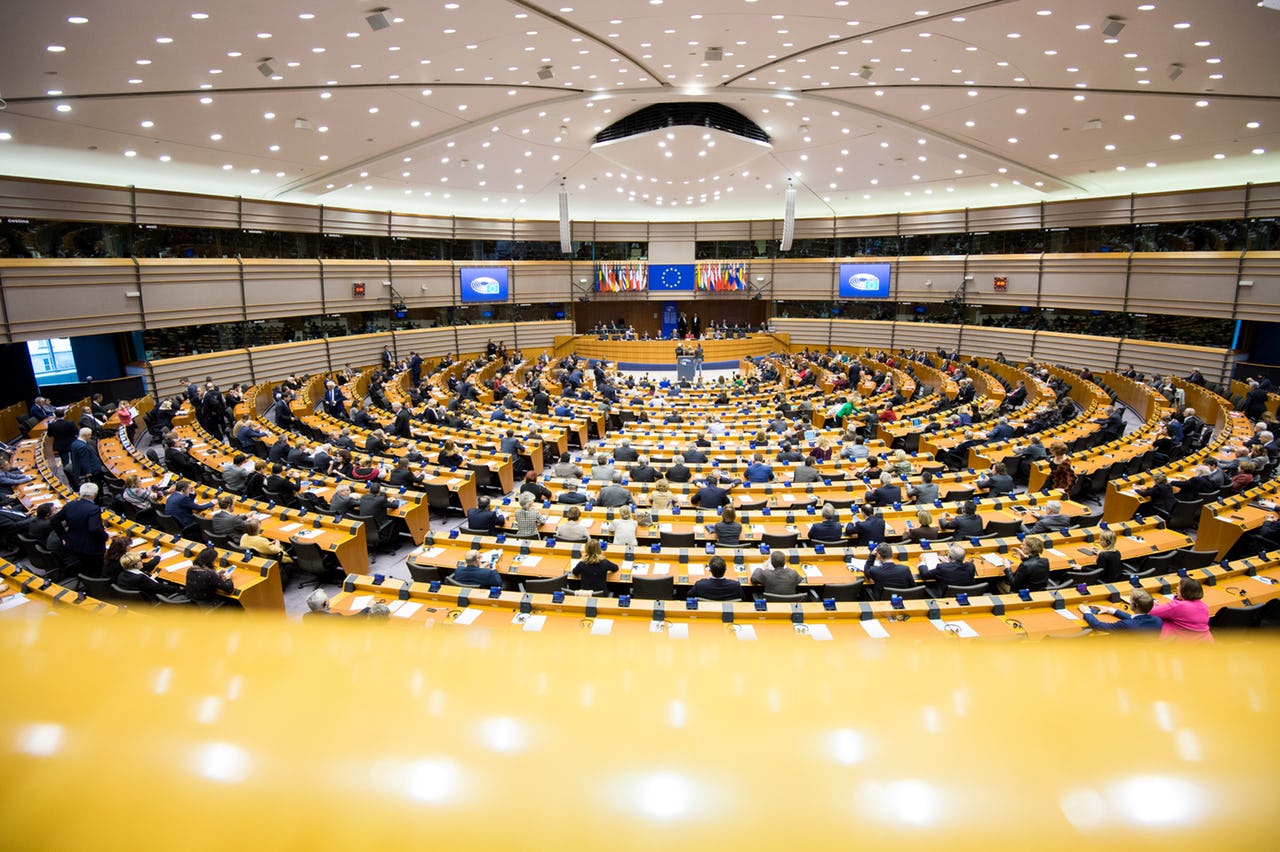The European Parliament heading towards icy Arctic waters – again

February 2017 European Parliament Plenary session in Brussels. Photo: European Union 2017 – European Parliament, Flickr.com
The European Parliament’s new Arctic resolution on an integrated European Union policy for the Arctic was published on 16 March 2017. It is the EP’s fourth take on Arctic matters since its controversial position on Arctic governance back in 2008, and two follow-ups in 2011 and 2014. The document generally follows the lines drawn in previous EU Arctic policy statements: climate and environment, sustainability and regional development of the European Arctic.
Read a joint analysis by TAI and the Arctic Centre, University of Lapland on the EP’s Arctic resolution on an integrated EU policy for the Arctic.
In summary, the EP’s resolution reads strong on environmental (protection) issues and related questions concerning biodiversity and fisheries. The issues standing out in particular are the establishment of marine protected areas in the Arctic High Seas (the region’s waters beyond any national jurisdiction) or the combat against unregulated fishing. The European Parliament also proposes a ban on bottom trawling in ecologically significant marine areas of the Arctic.
Moreover, the European Parliament is of the strong opinion that the exploitation of hydrocarbon resources should be banned in the icy waters of the EU and the European Economic Area (EEA) – the marine areas of Iceland and Norway. It remains, however, unclear what the EP precisely means with “icy waters” under EU/EEA jurisdiction. Further, the EP also took stance in the on-going debate on banning the use and carriage of heavy fuel oil (HFO) – the most polluting type of fuel – in Arctic waters. It encourages the EU to may take unilateral measures via prohibiting Arctic-bound vessels using HFO from EU ports.
Importantly, the European Parliament strongly acknowledged that the EU response to many Arctic environmental challenges requires general action across Europe. Accordingly, the EU and its Member States can make the greatest difference by transition away from fossil fuels, energy efficiency, EU emissions ceilings and the future implementation of the EU’s Clean Air Package. As a matter of fact, the acknowledgement of the EU’s own responsibility points towards a certain degree of Arctic maturity among the MEPs.
From a regional perspective, the EP re-iterated its focus on regional development for and in the European Arctic and also expressed its support for continuous and sufficient funding for Northern Sparsely Populated Areas in order to tackle permanent handicaps such as sparse population, harsh climate conditions and long distances. In this context, the EP emphasized that Europe’s northernmost regions suffer from underinvestment. Accordingly, a number of areas for EU intervention are mentioned in the current Resolution. The question of transport and connectivity is highlighted. Tourism in rural and scarcely populated areas, renewable energy production, deployment of innovative technologies and ICT are seen as prospective developments. EU funding, including the rising role of the European Investment Bank and investment loans, is to support addressing the perceived investment gaps.
To the interested outsider, the EP’s purpose behind this Resolution remains rather vague and could be interpreted as the EP’s continuous aim to show some kind of Arctic engagement, especially if considering the 2016 Arctic statements by the European Commission and the High Representative, and the Council of the European Union. The 2017 Resolution does not put forward any unexpected statements and rather follows the general tone on Arctic matters that has been developed in the policy hallways in Brussels over the last few years.
This paper is a joint effort between The Arctic Institute and the Arctic Centre, University of Lapland. It was initially published by the Arctic Centre as ArCticles on 12 April 2017. An earlier version of this analysis was published via High North News on 27 March 2017.